The Principles are concepts used to organize or arrange the elements within a work of art.








 Examples of Axis:
Examples of Axis:


Components of Principle of Design
- Axis
- Symmetry
- Hierarchy
- Rhythm
- Datum
- Transformation
1. AXIS
- It is a line established by two points about which forms and spaces can be arranged in a regular or irregular manner.
- Imaginary and not visible except to the mind's eye.
- An axis is essentially a linear condition.
- It has qualities of length and direction.

Characteristics of axis:
- Induces movement and promotes views along its path.

- An axis must be terminated at both of its ends by a significant form and space.

- The notion of an axis can be reinforced by defining edges along its length.

- An axis can also be established simply by a symmetrical arrangement of forms and spaces.

An axis serves to:
- Points in space established by vertical, linear elements or centralized building forms.


- Vertical planes, such as symmetrical building facades or fronts, preceded by a forecourt or similar open space.


- Well-defined spaces, generally centralized or regular in form


- Gateways that open outward toward a view or vista beyond.


In Everyday Life:

Railway Track

Axis Illustration
In Architecture:
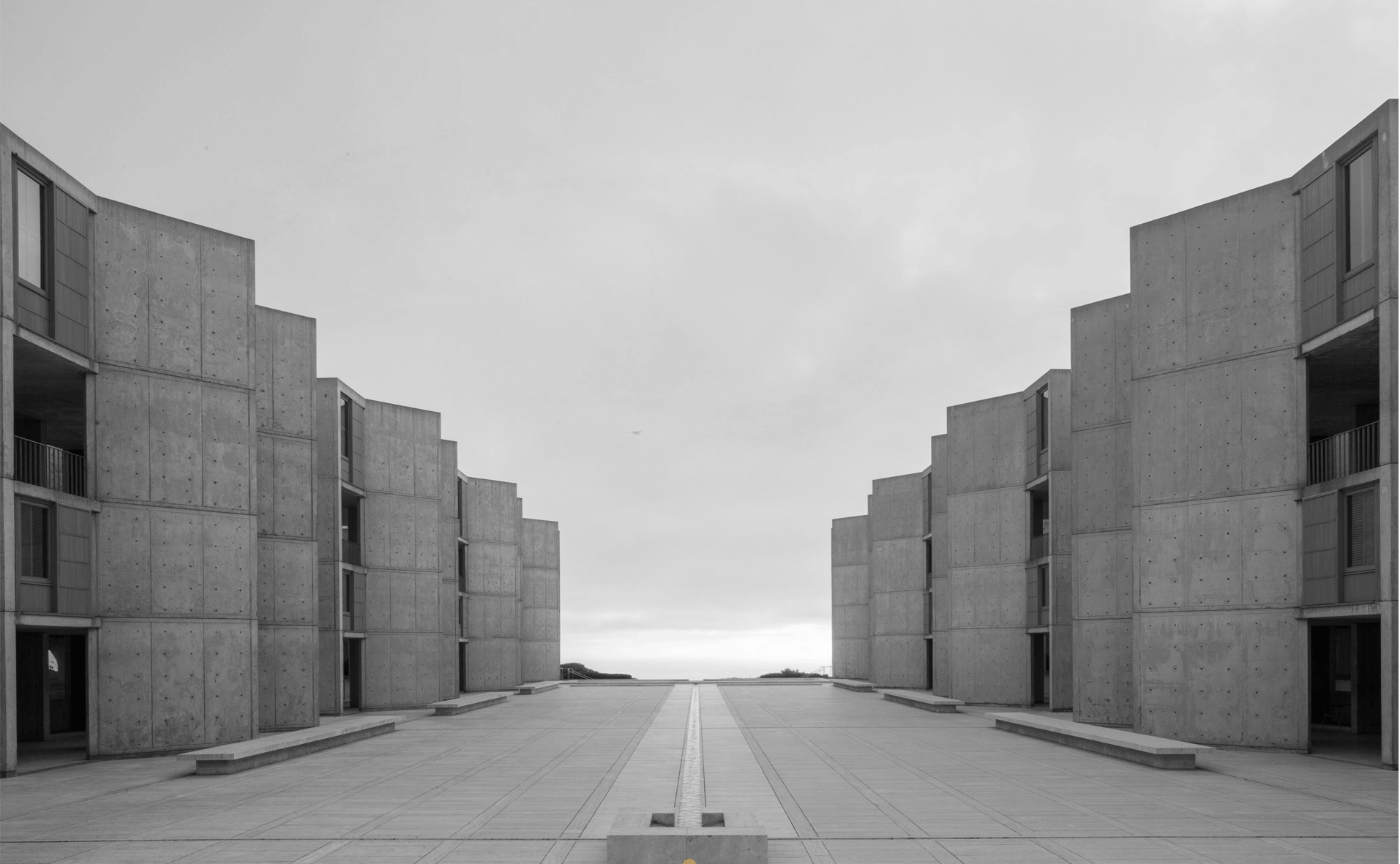
2. SYMMETRY
- The balanced distribution and arrangement of equivalent forms and spaces about a common line (axis) or Point (center)
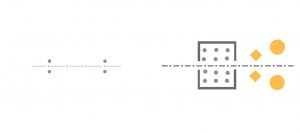
Types of Symmetry:
i. Bilateral symmetry
- Refers to the balanced arrangement of similar or equivalent elements on opposite sides of a median axis.
- One plane divides the whole into essentially identical halves.
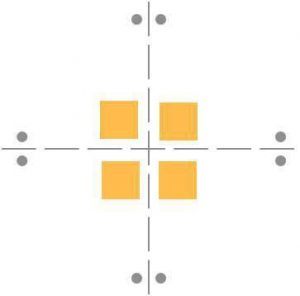

ii. Radial symmetry
- The balanced arrangement of similar, radiating elements.
- The composition can be divided into similar halves by passing a plane at any angle around a center point or along a central axis.
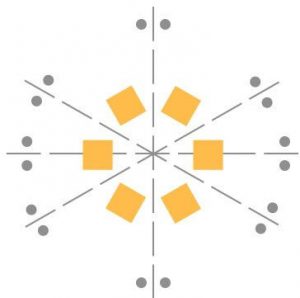
In Nature:
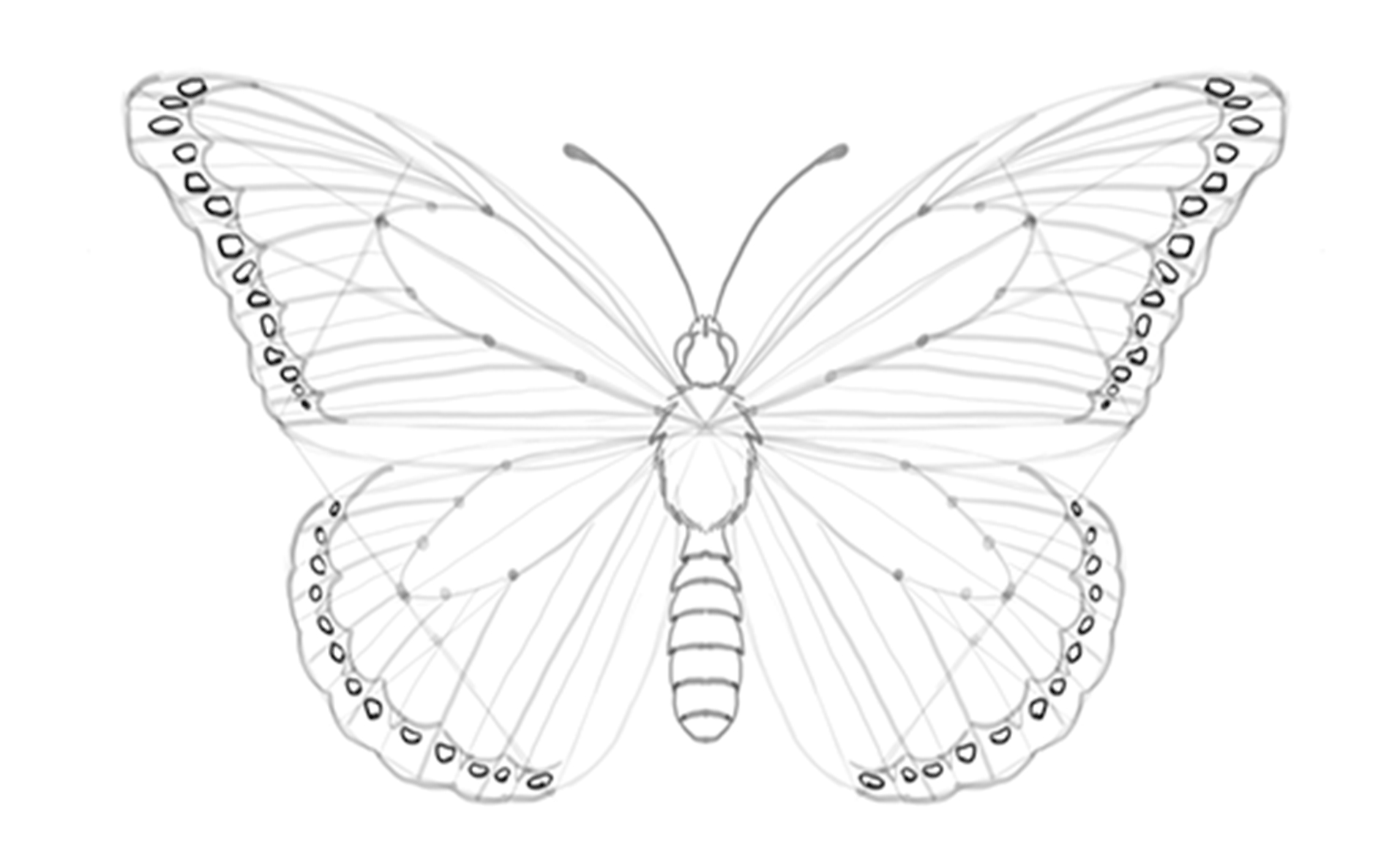
In Architecture:

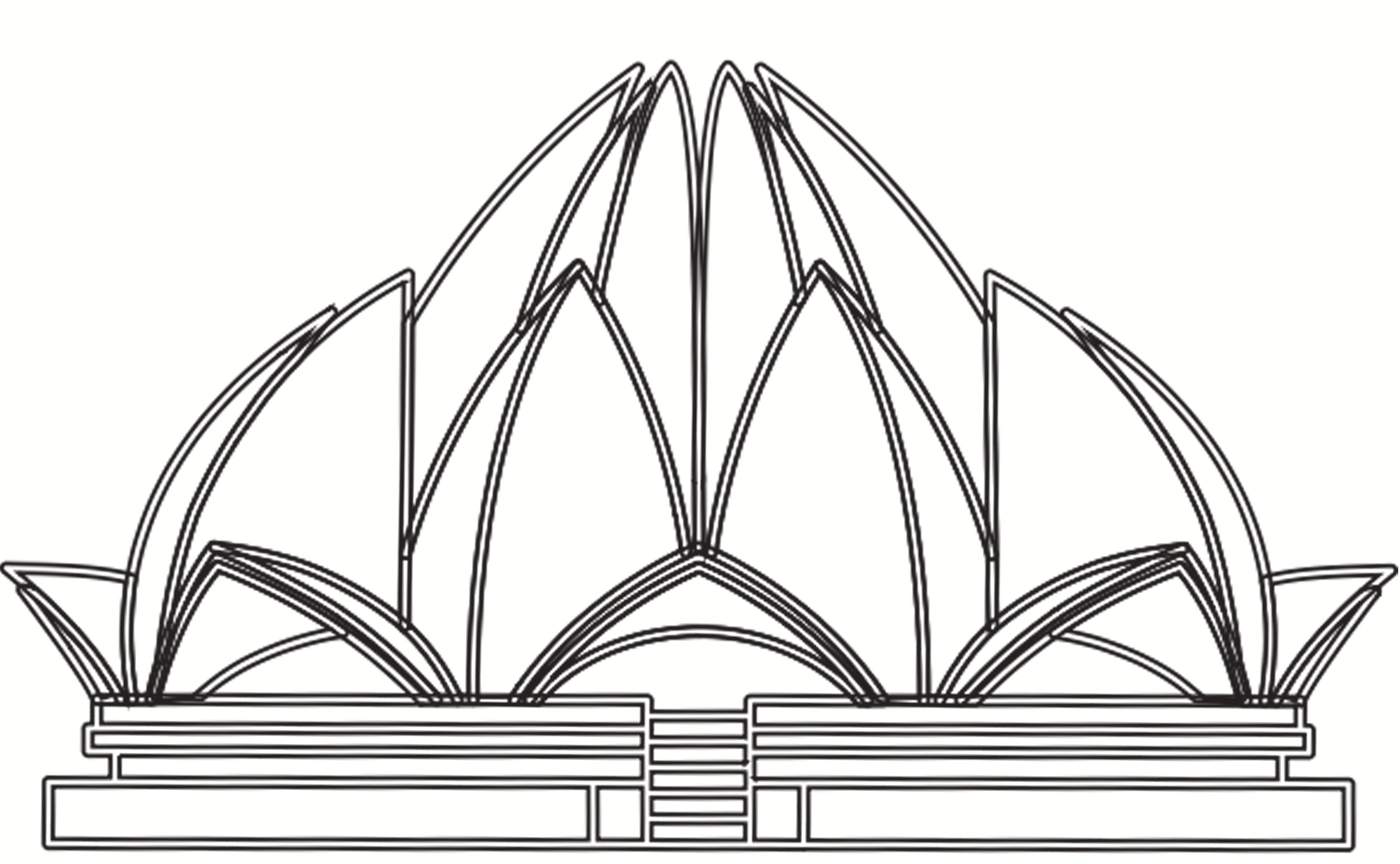
3. HIERARCHY
- The articulation of a form or space by its size, shape, or placement relative to the other forms and spaces of the organization.
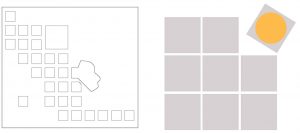
Types of Hierarchy:
i. Hierarchy by Size
- A form or space may dominate a composition by being significantly different in size from all the other elements in the composition.
- Dominance is made visible by the size of an element.


ii. Hierarchy by Shape
- A form or space which is visually dominant.
- By clearly differentiating its shape from that of the other elements in the composition.
- The differentiation is based on a change in geometry or regularity.


iii. Hierarchy by Placement
- A form or space may be strategically placed as the most important element in a composition.
- The centerpiece of a symmetrical organization.
- The focus of a or radial organization.
- Being offset above, below, or in foreground.

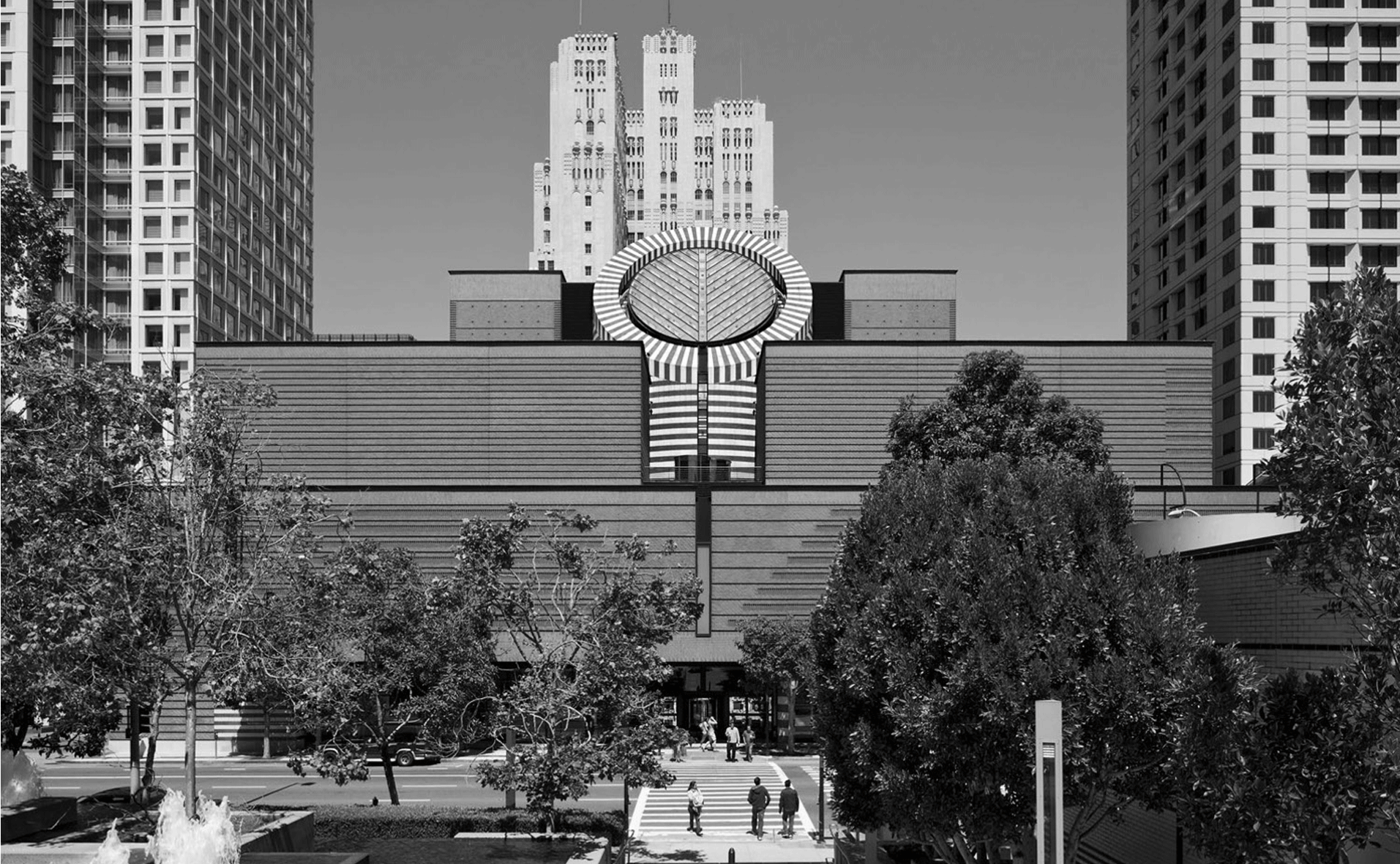
In Nature:
In Architecture:
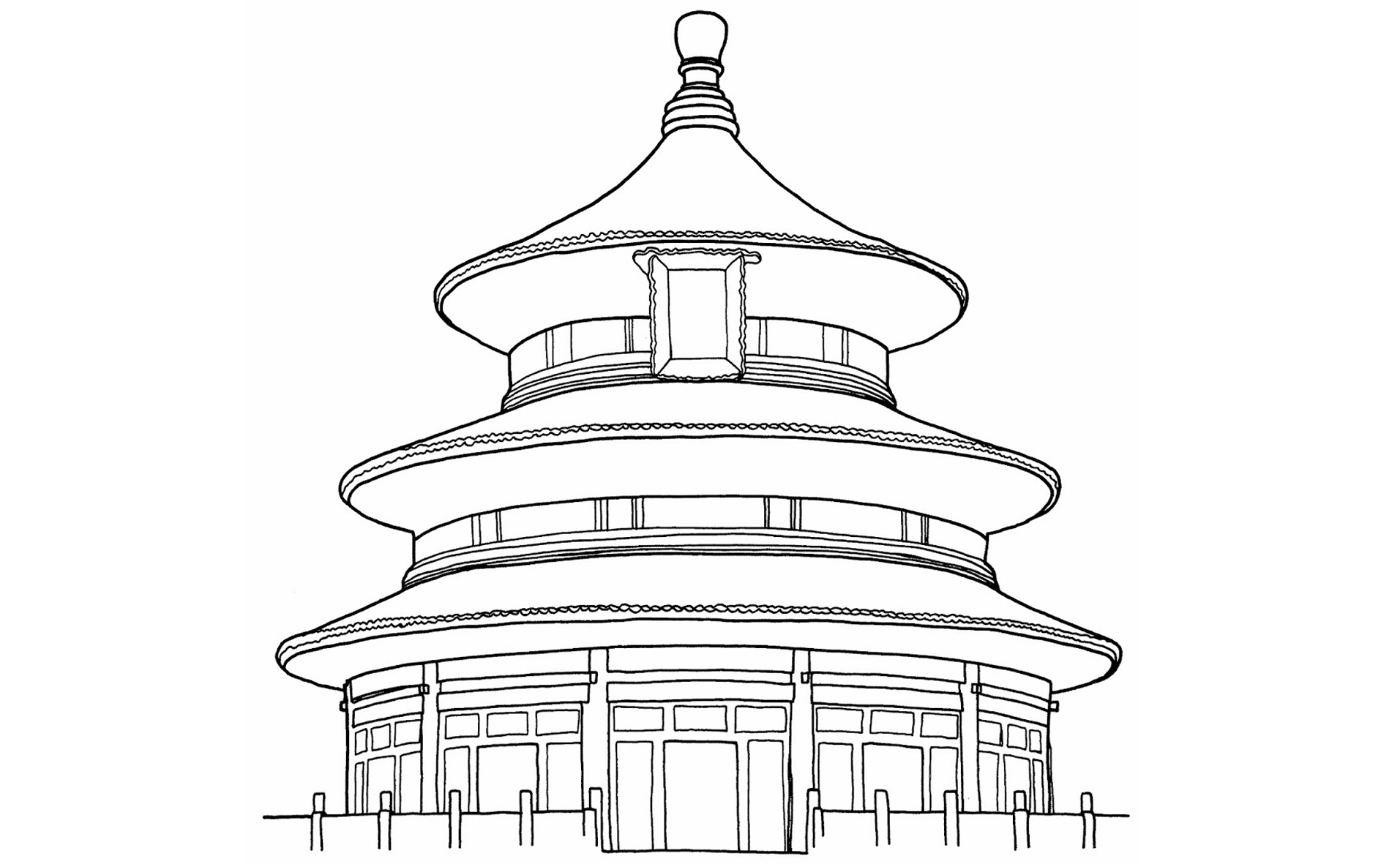
4. DATUM
- A datum refers to a line, plane, or volume of reference to which other elements in a composition can relate.
- It organizes a random pattern of elements through its regularity, continuity, and constant presence.

Datum can organize the elements in the following ways:
i. Line
- A line can cut through or form a common edge for the pattern
- Grid of lines can form a neutral, unifying field for the pattern.

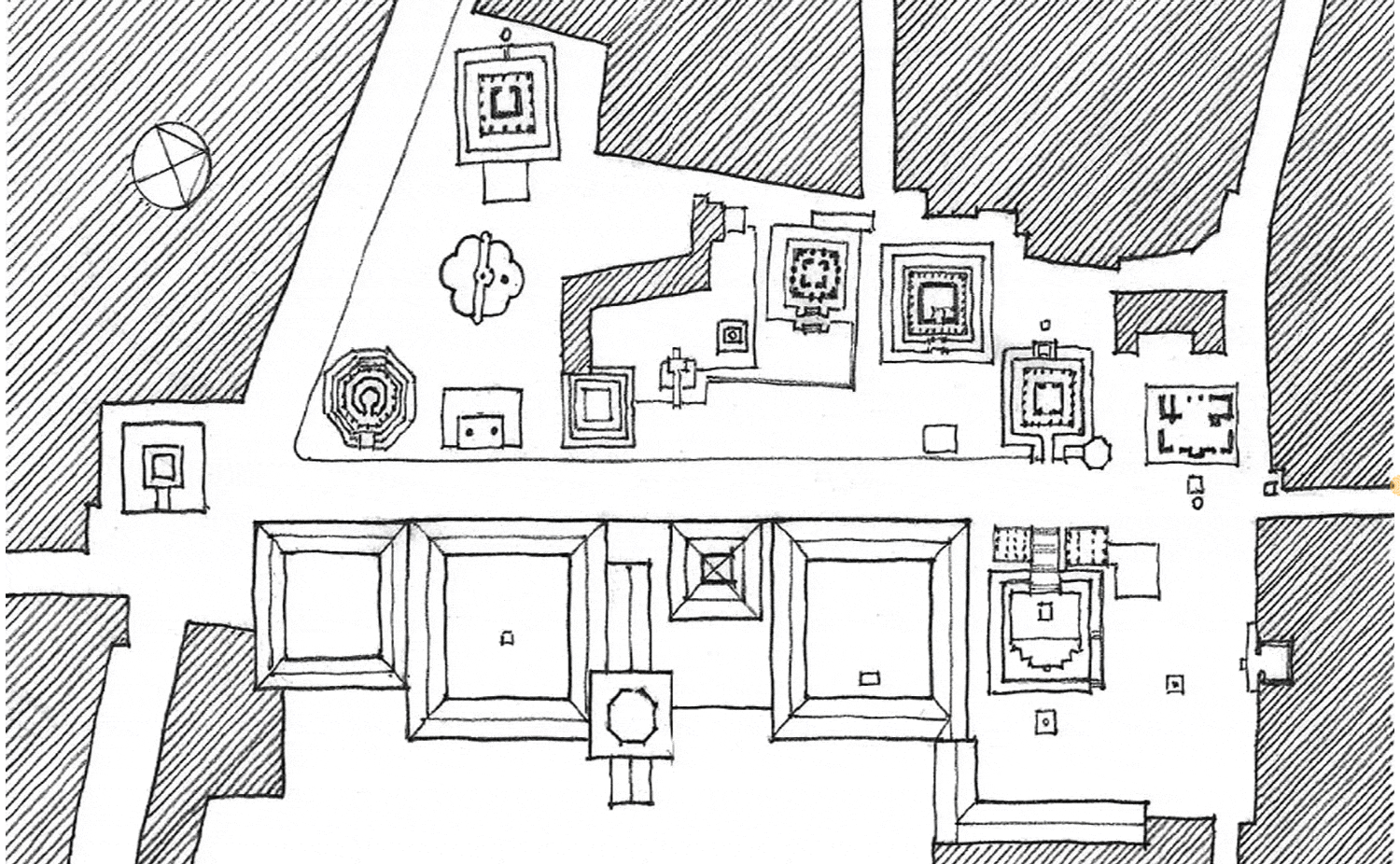
ii. Plane
- A plane can gather the pattern of elements beneath it or serve as an encompassing background for the elements and frame them in its field.

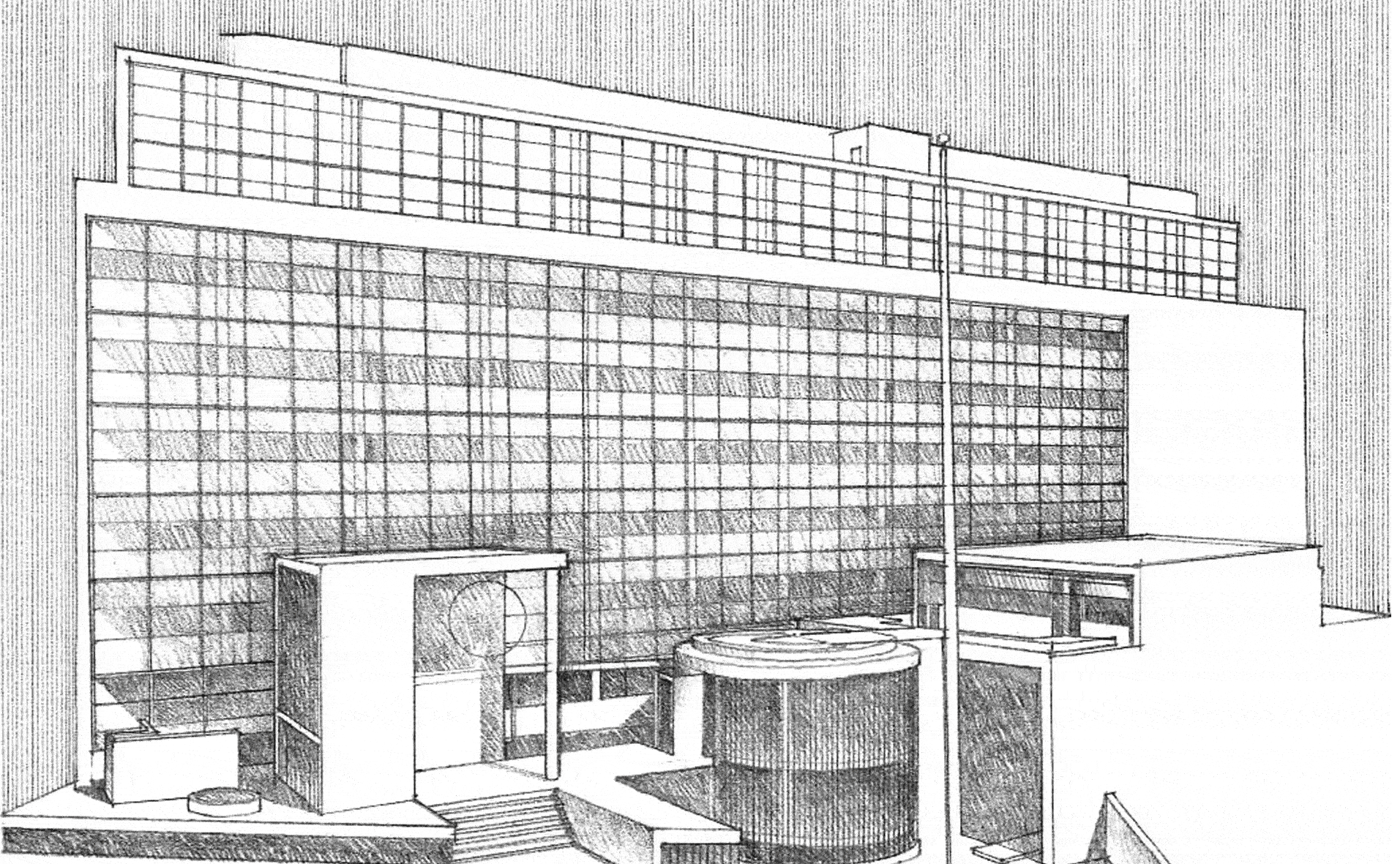
iii. Volume
- A volume can collect the pattern of elements within its boundaries or organize them along its perimeter.
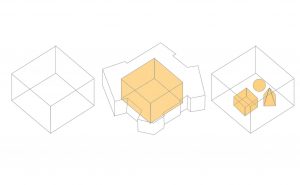
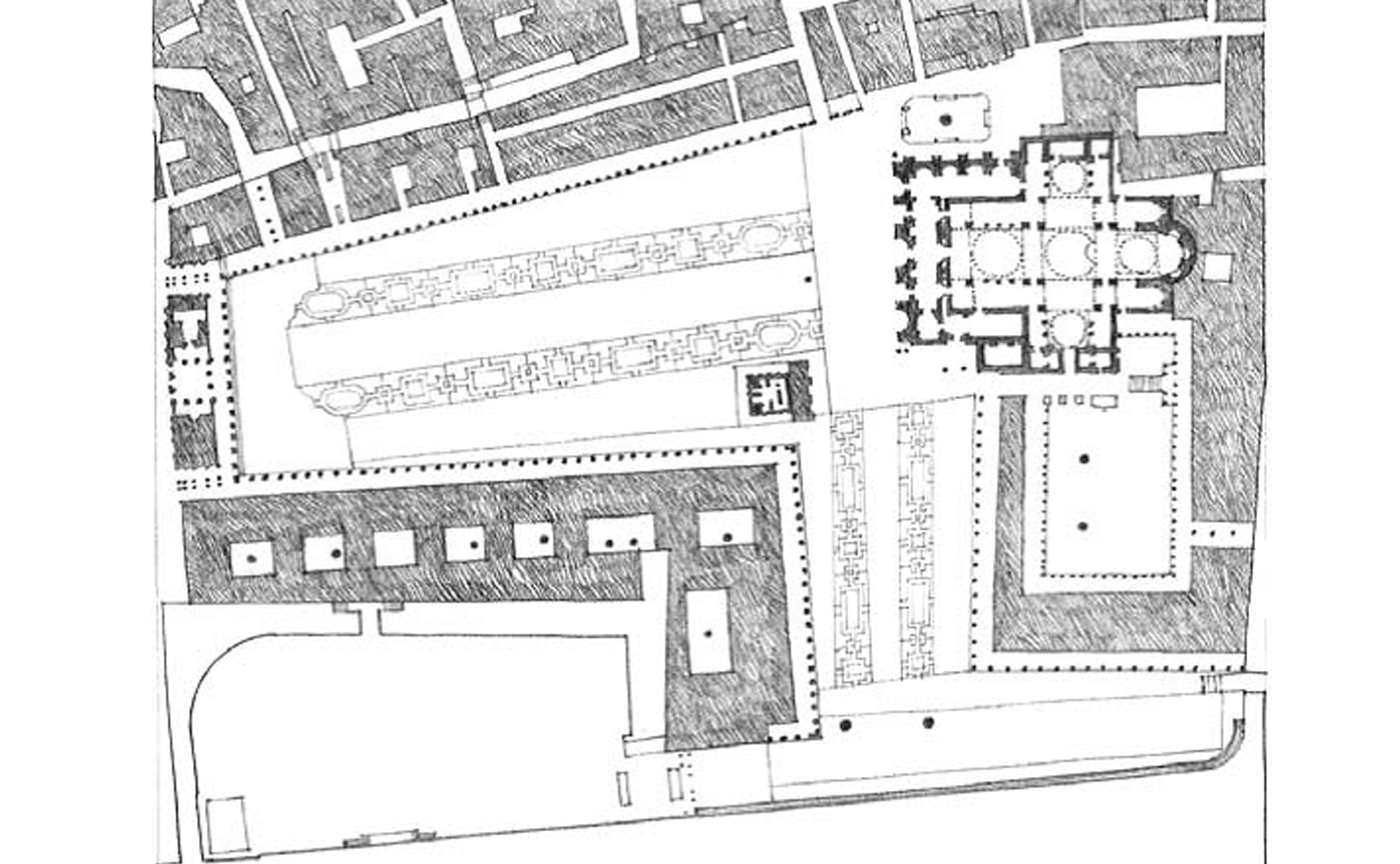
In Nature:

In Architecture:

5. RHYTHM:
- Rhythm incorporates the fundamental notion of repetition as a device to organize forms and spaces in architecture.
- Their closeness or proximity to one another.
- The visual characteristics they share in common.
Repetition can organize the elements in the following ways:
i. Size

ii. Shape

iii. Detail characteristics

- Rhythm refers to any movement characterized by a patterned recurrence (Repetitions) of elements or motifs at regular or irregular intervals.
Rhythm can be organized in the following ways:
i. In a radial or concentric manner about a point
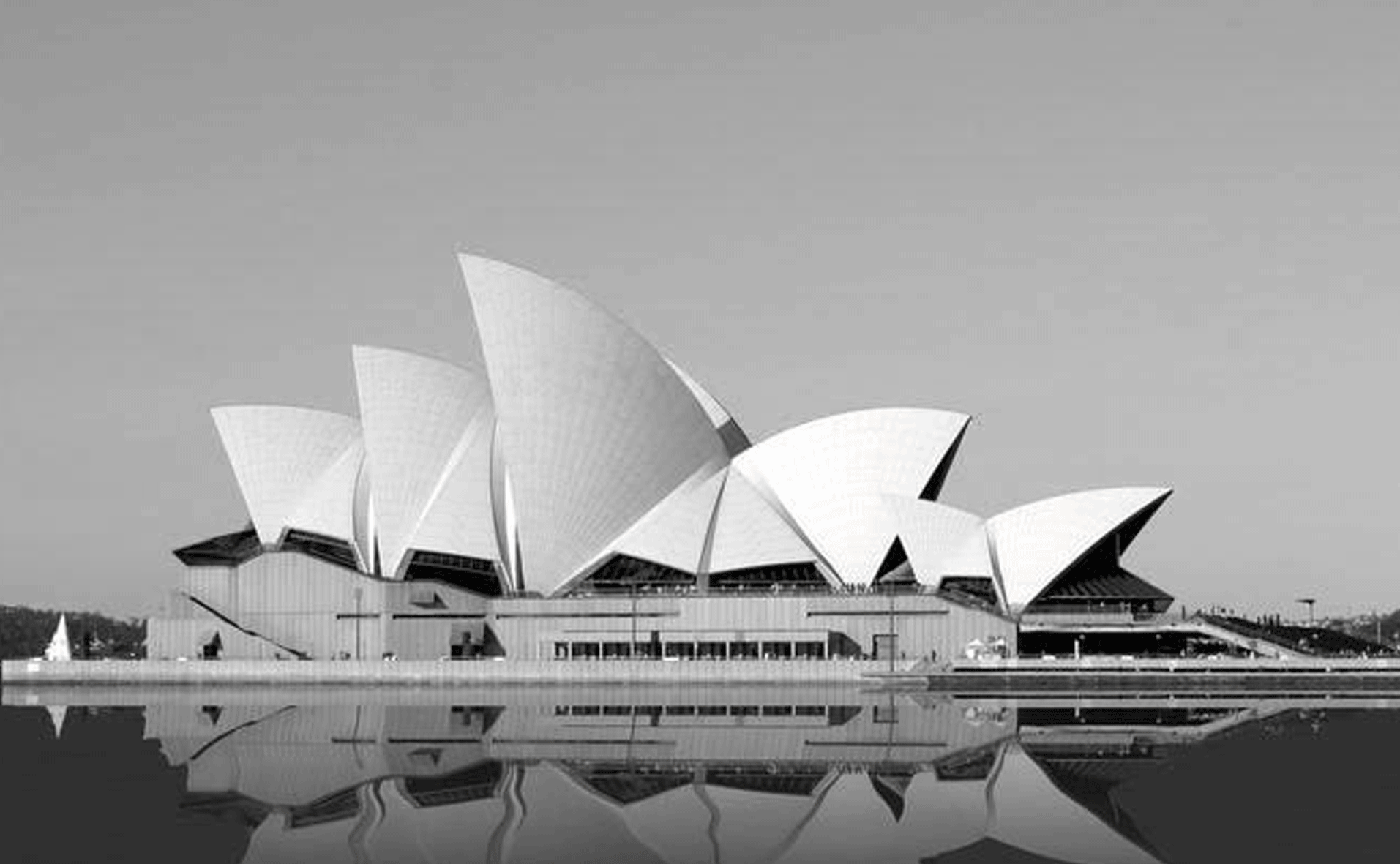
ii. Sequentially according to size in a linear fashion
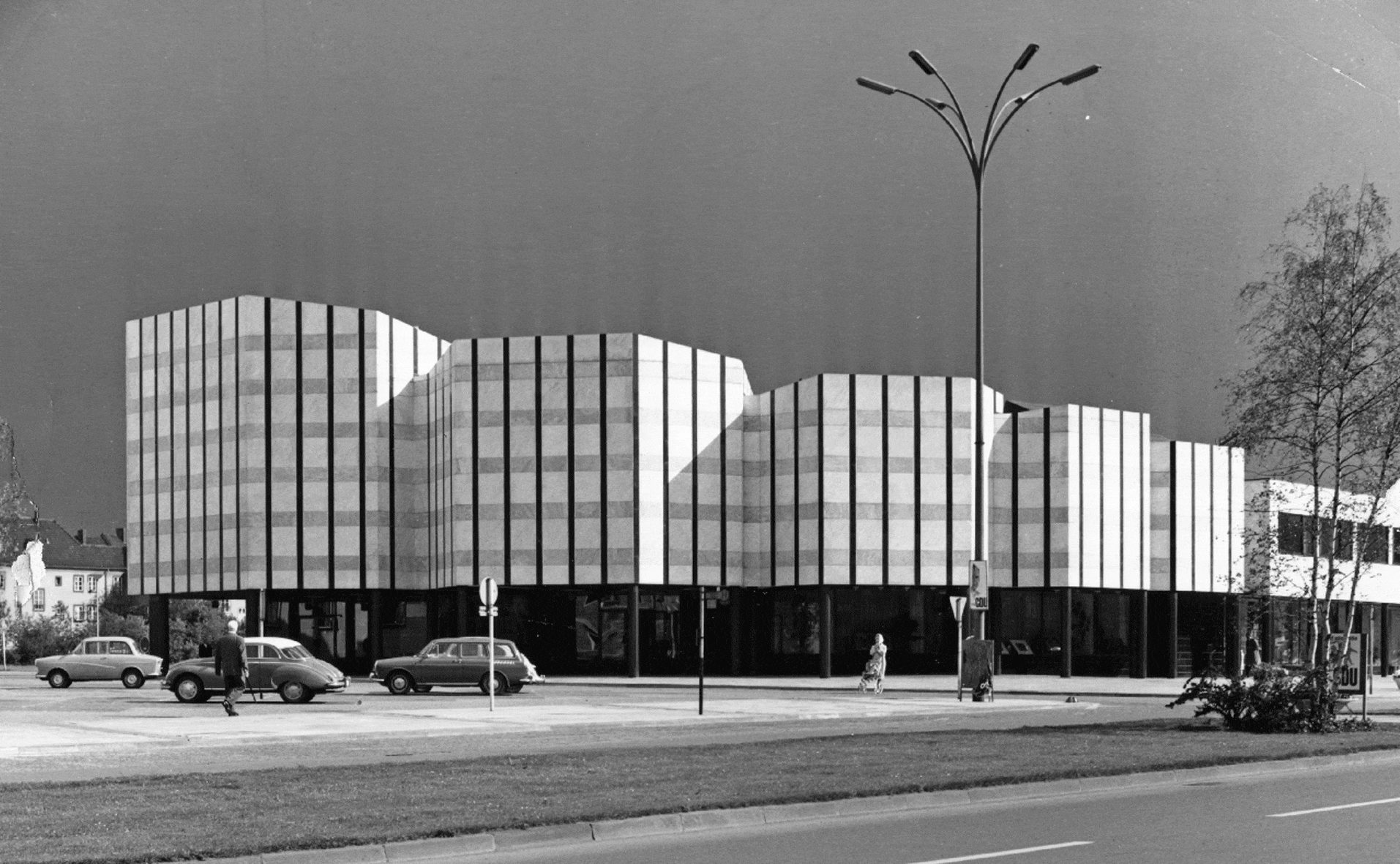
iii. Randomly but related by proximity and similarity of form

In Nature:

In Architecture:
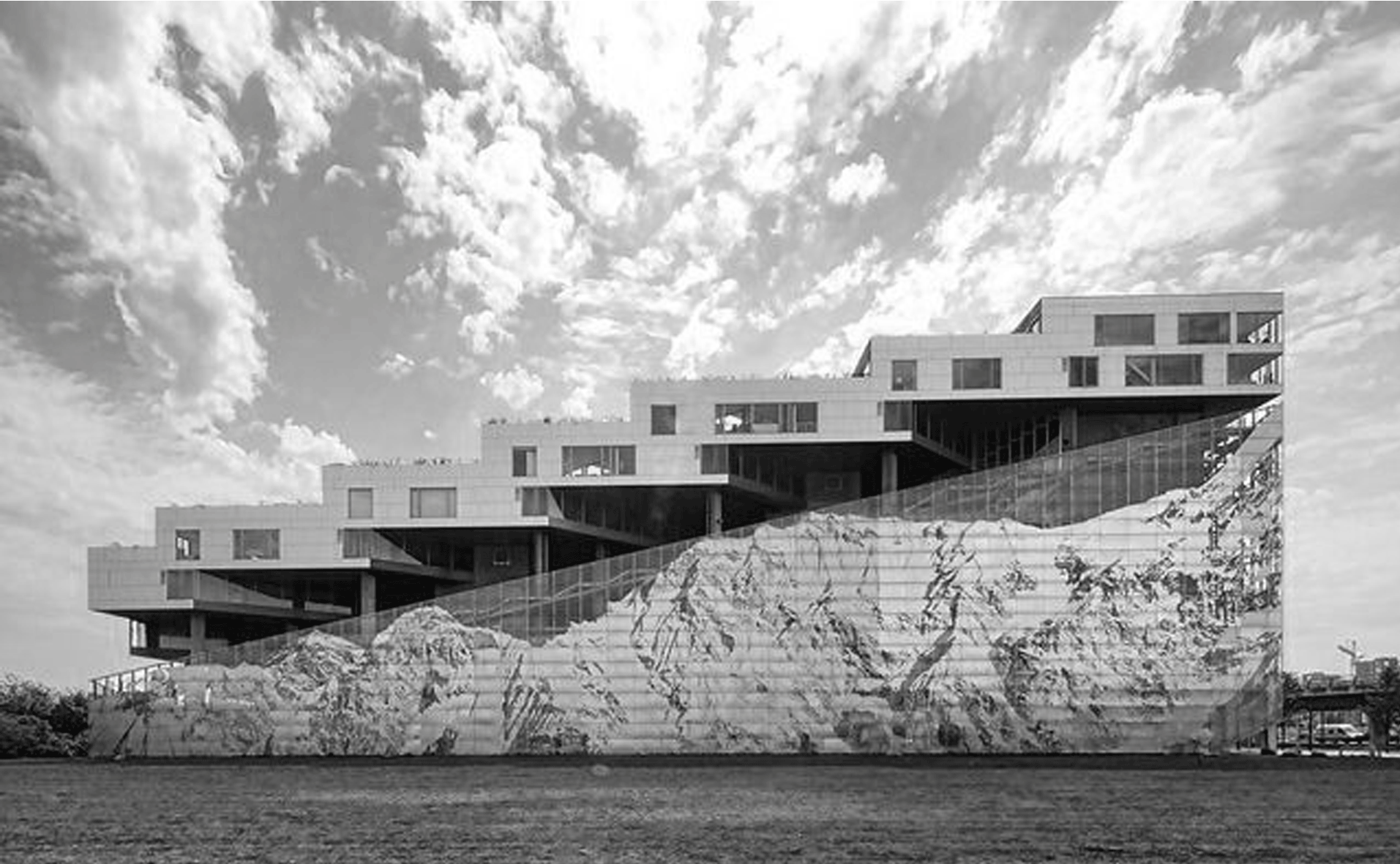
6. TRANSFORMATION:
- The principle that an architectural concept, structure, or organization can be altered through a series of discrete manipulations and permutations.
- In response to a specific context or set of conditions without a loss of identity or concept.

In Nature:
In Architecture:






